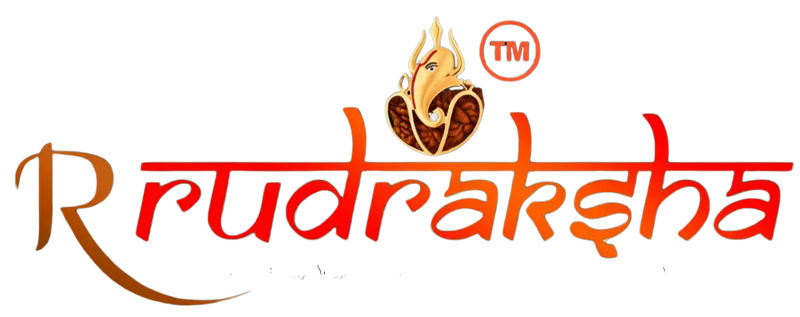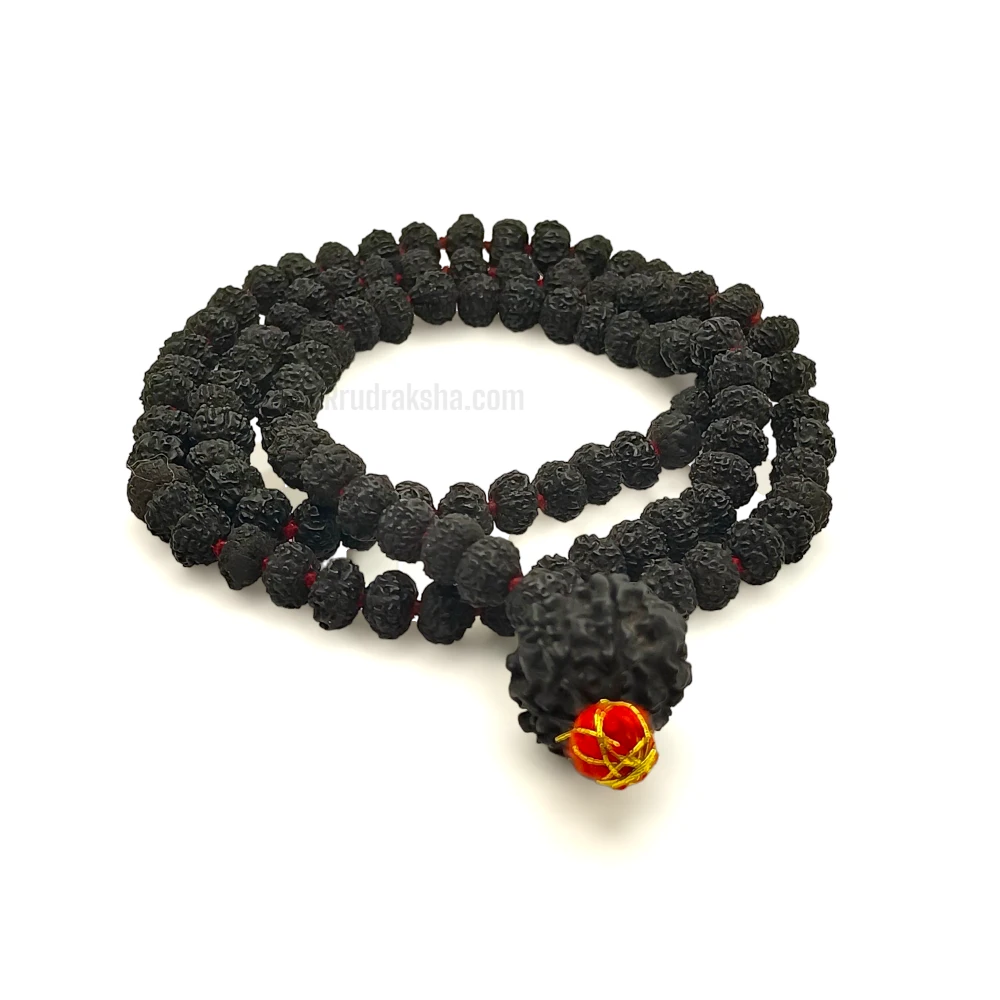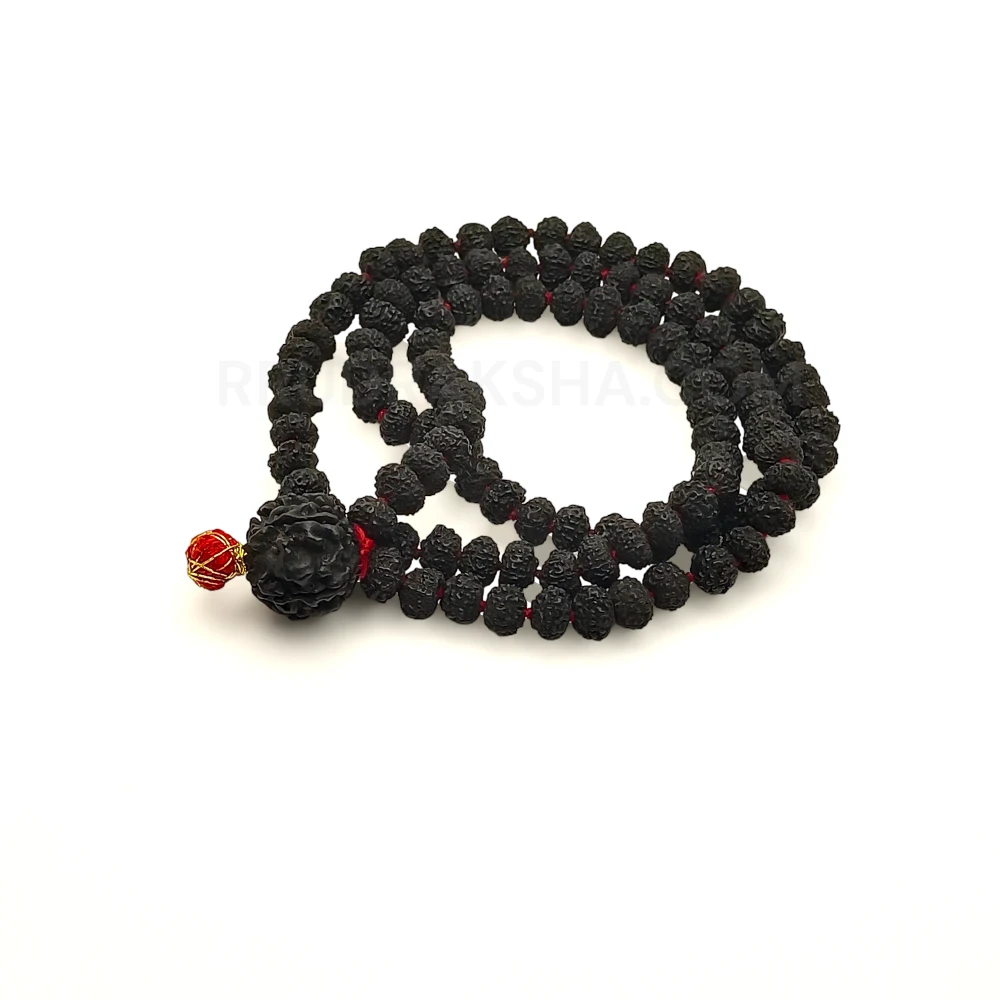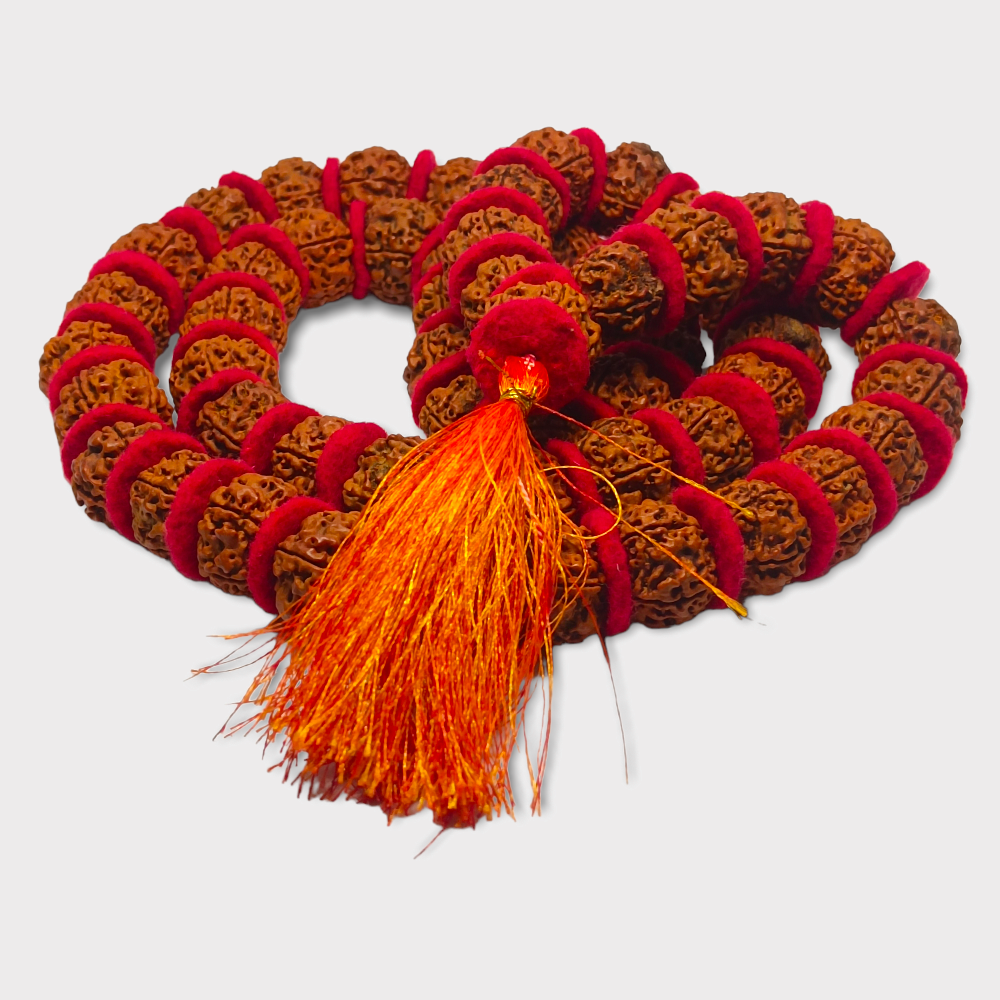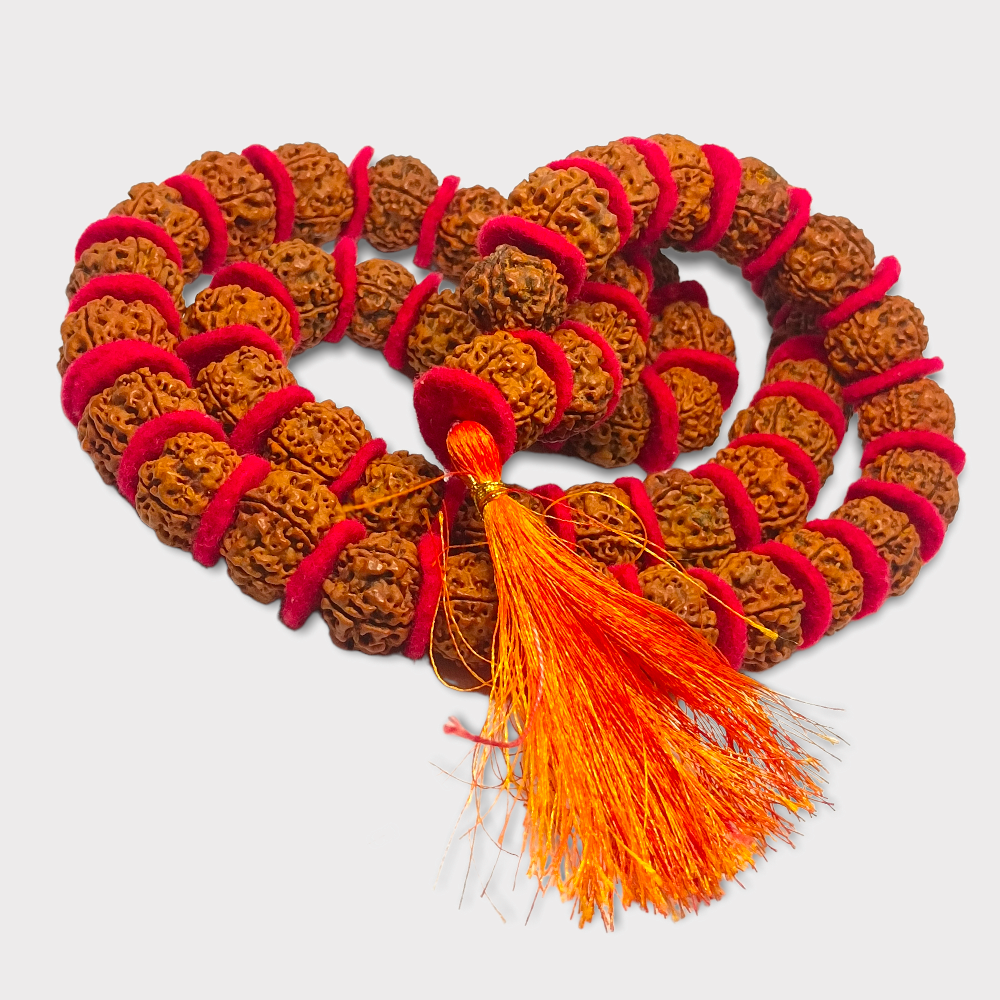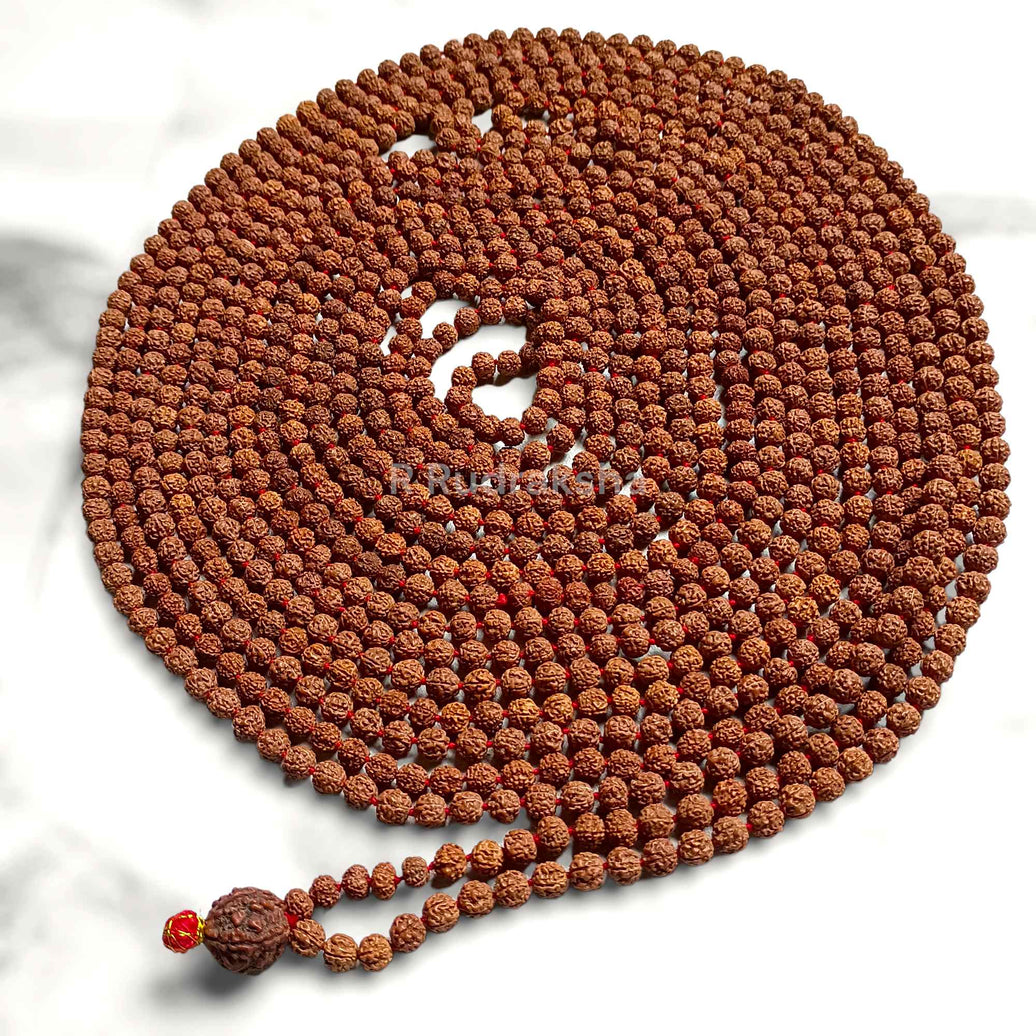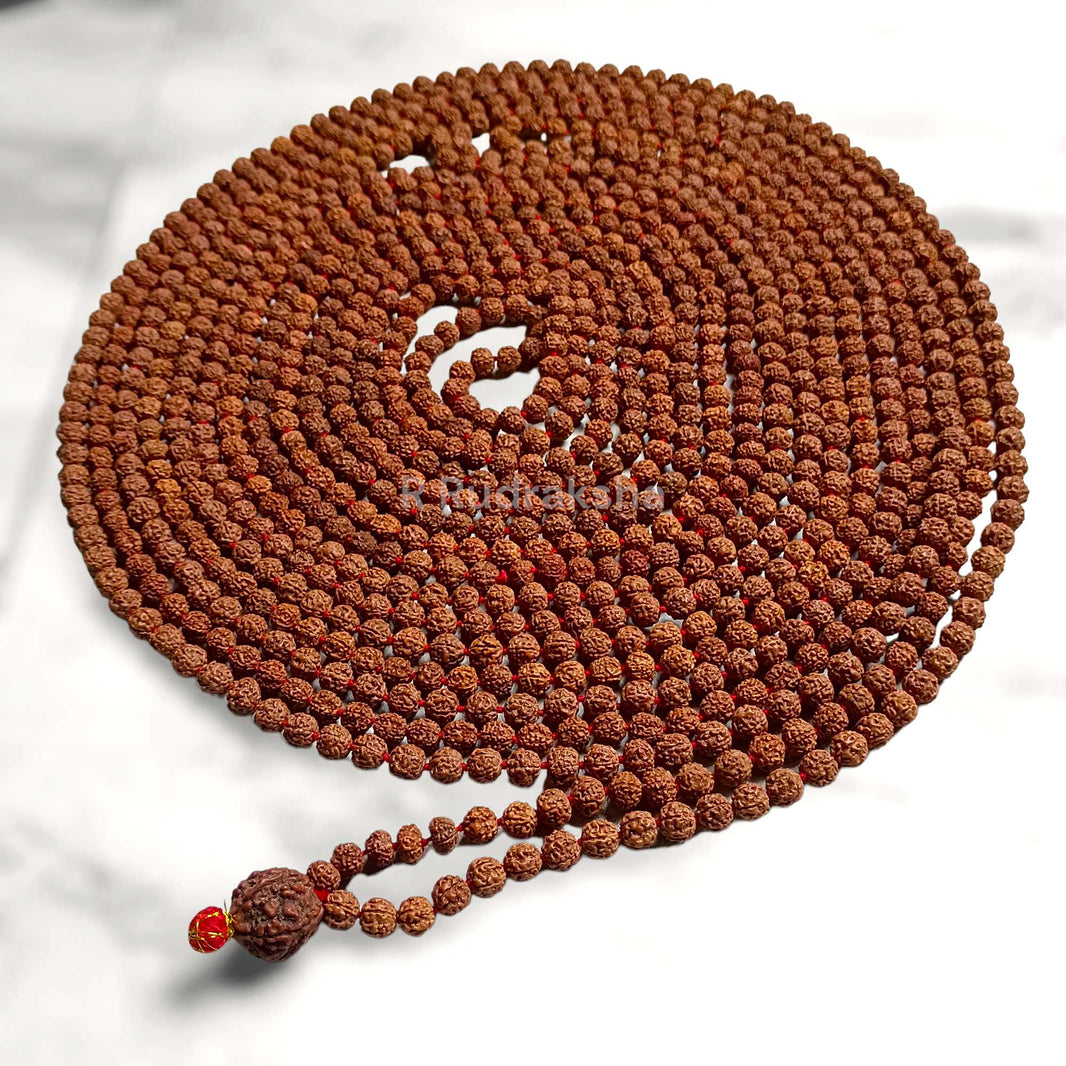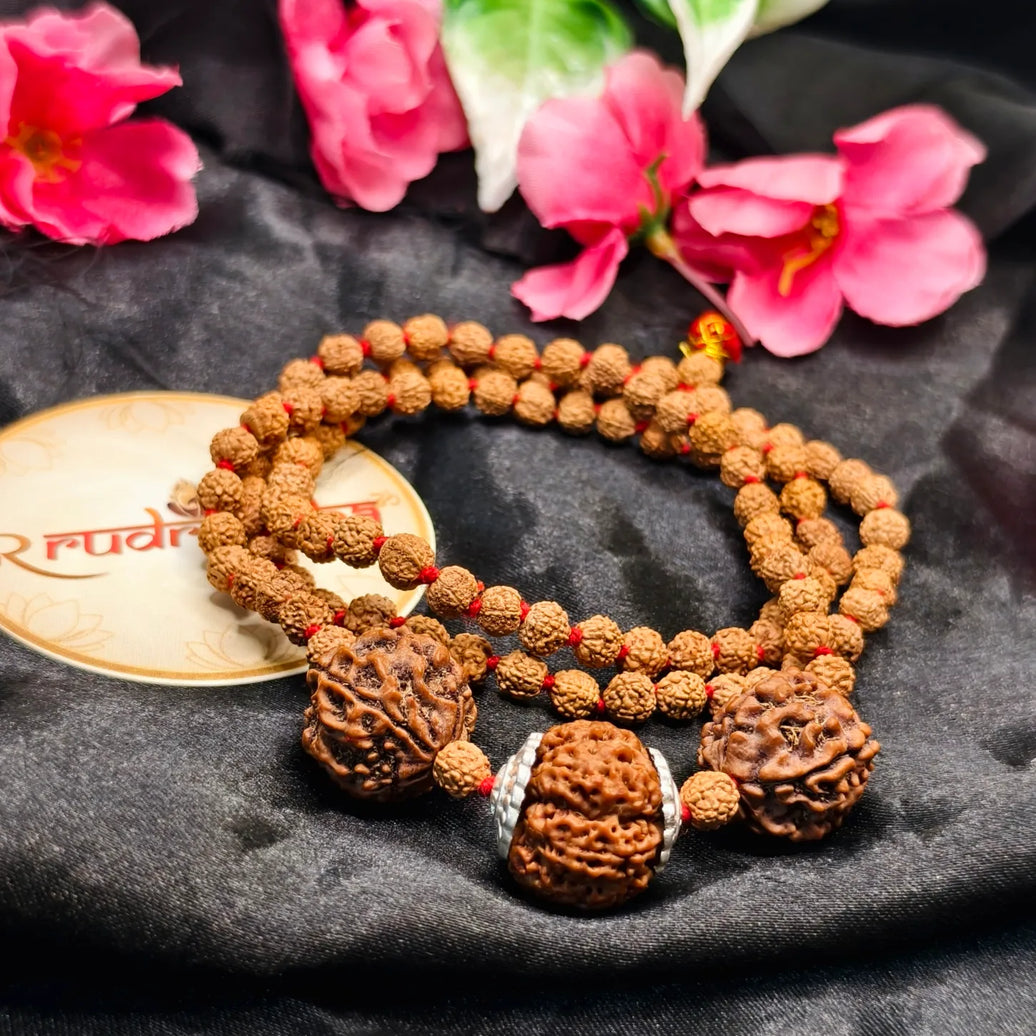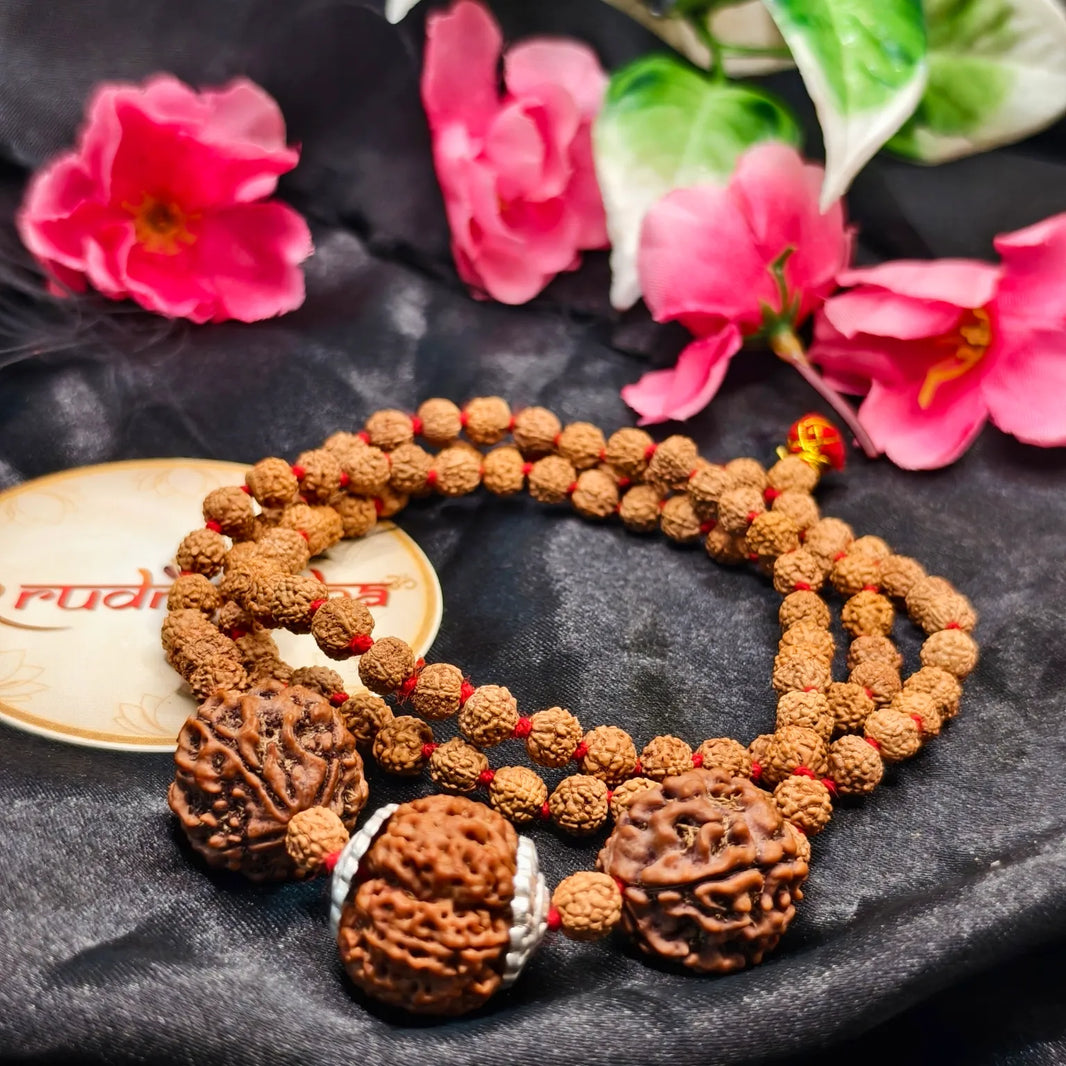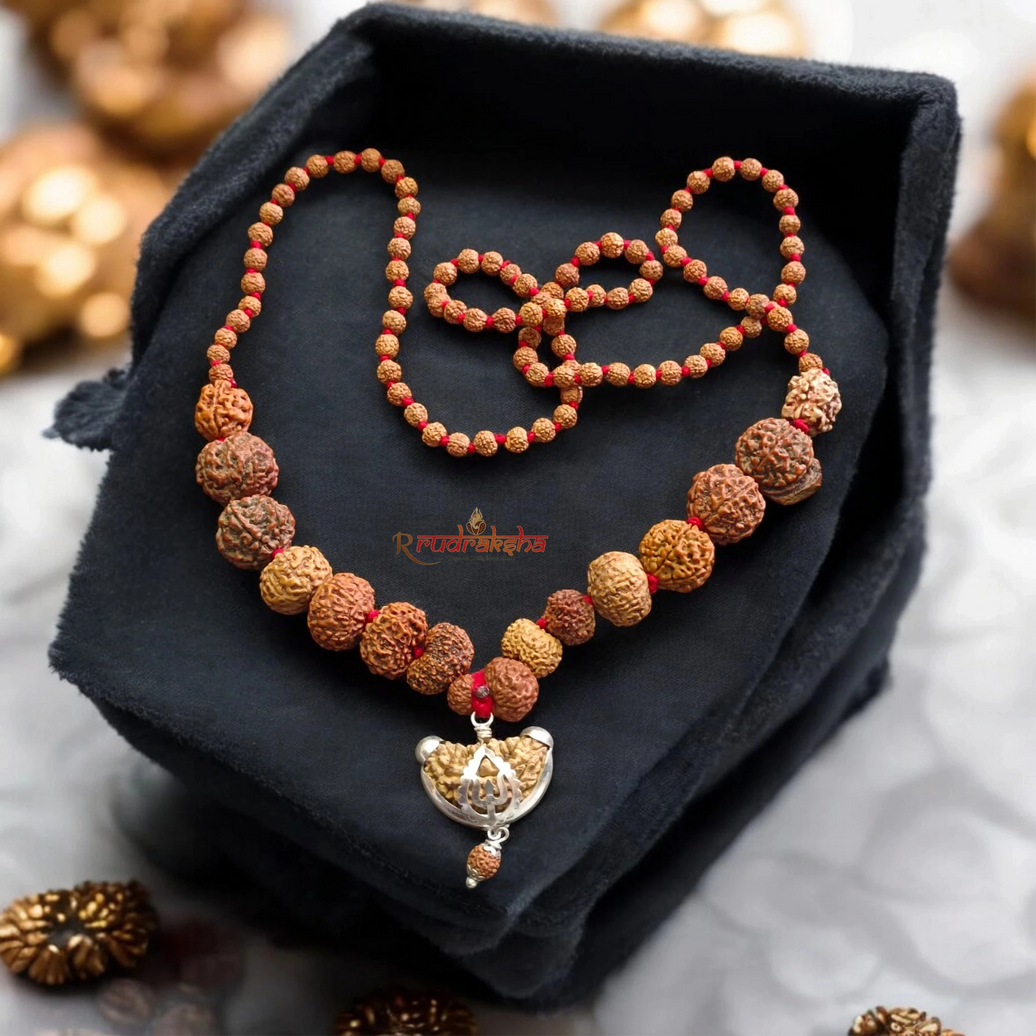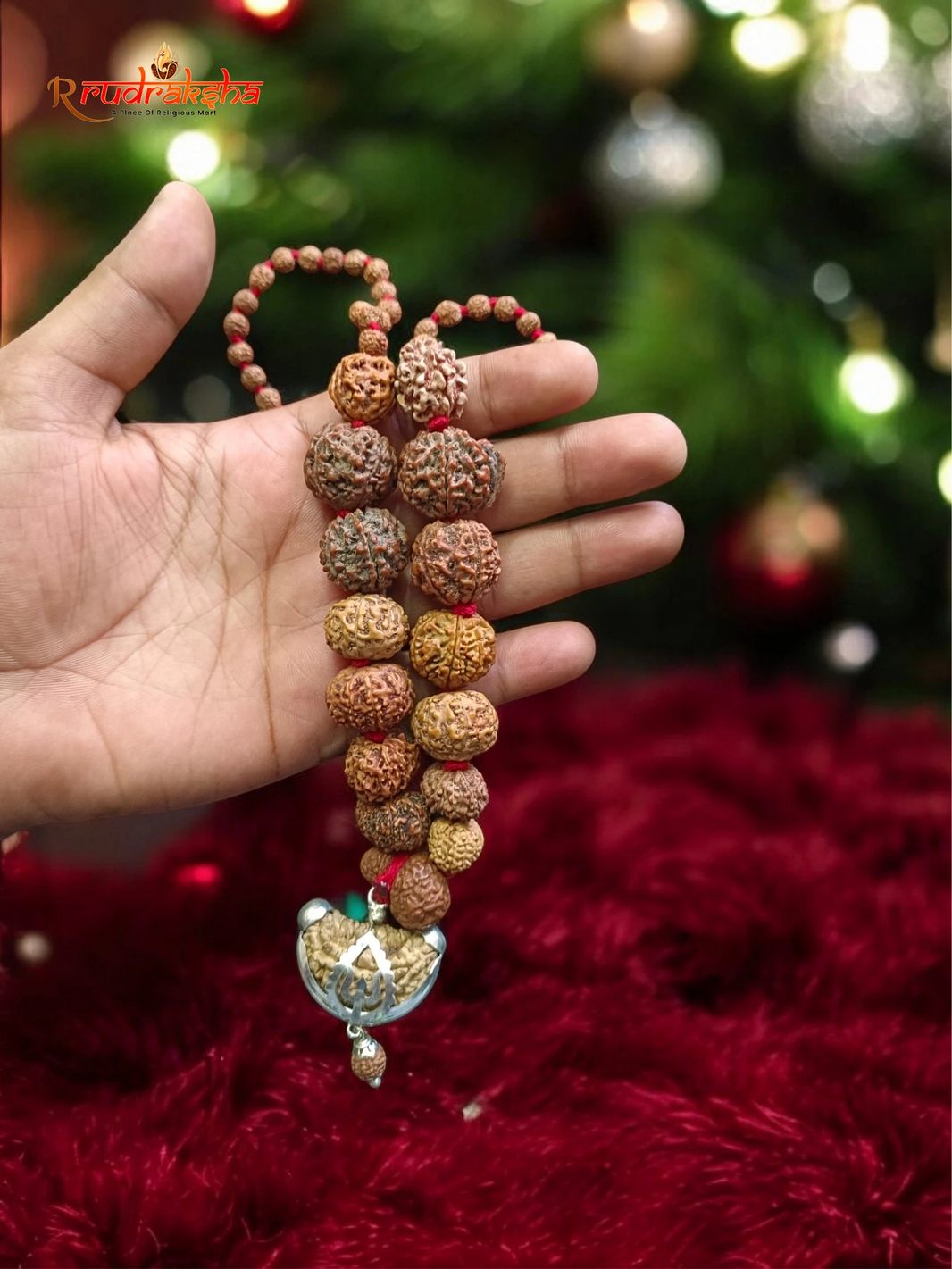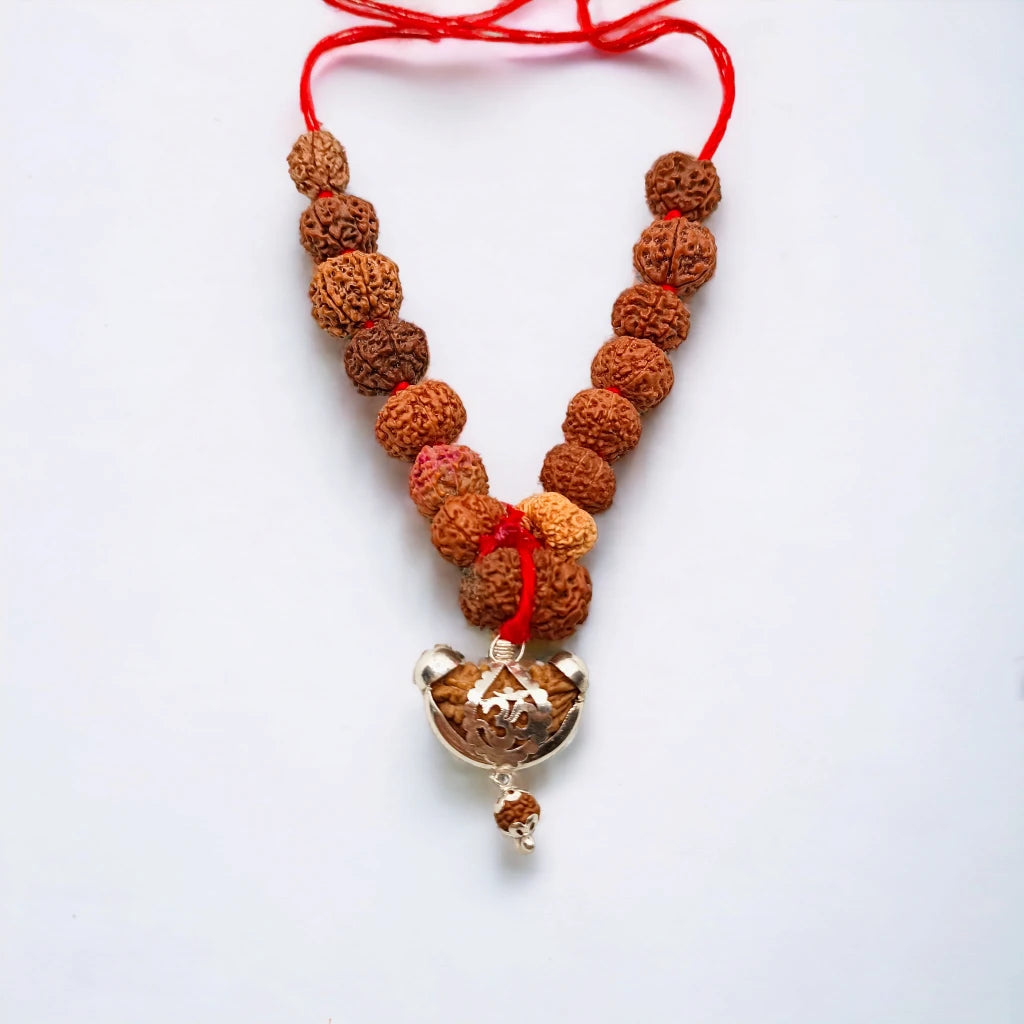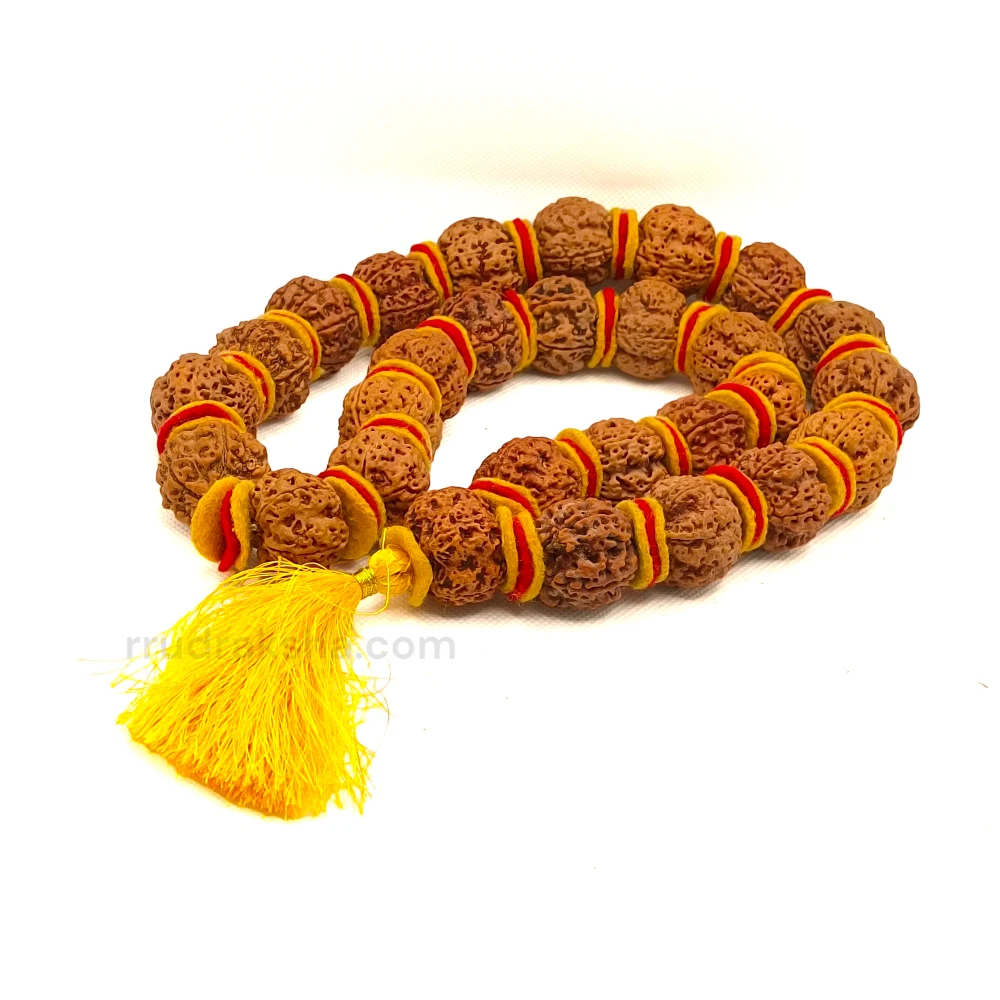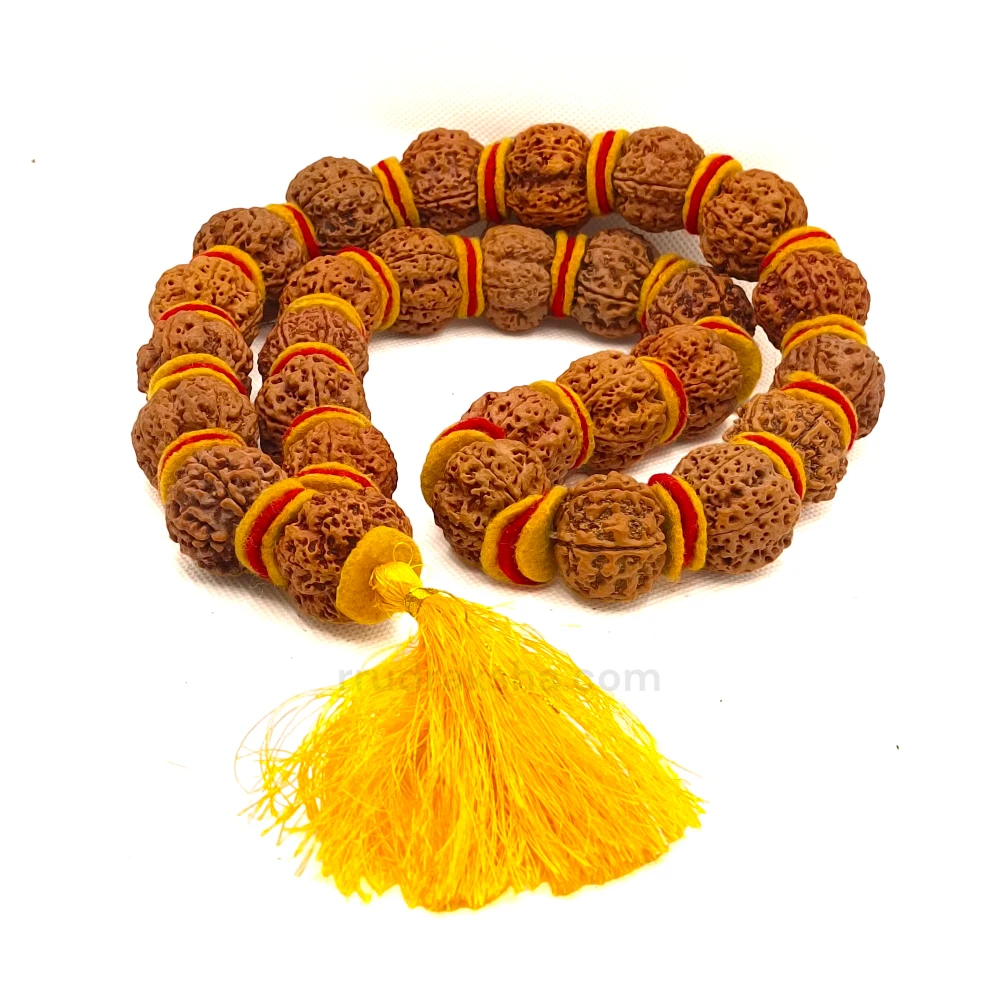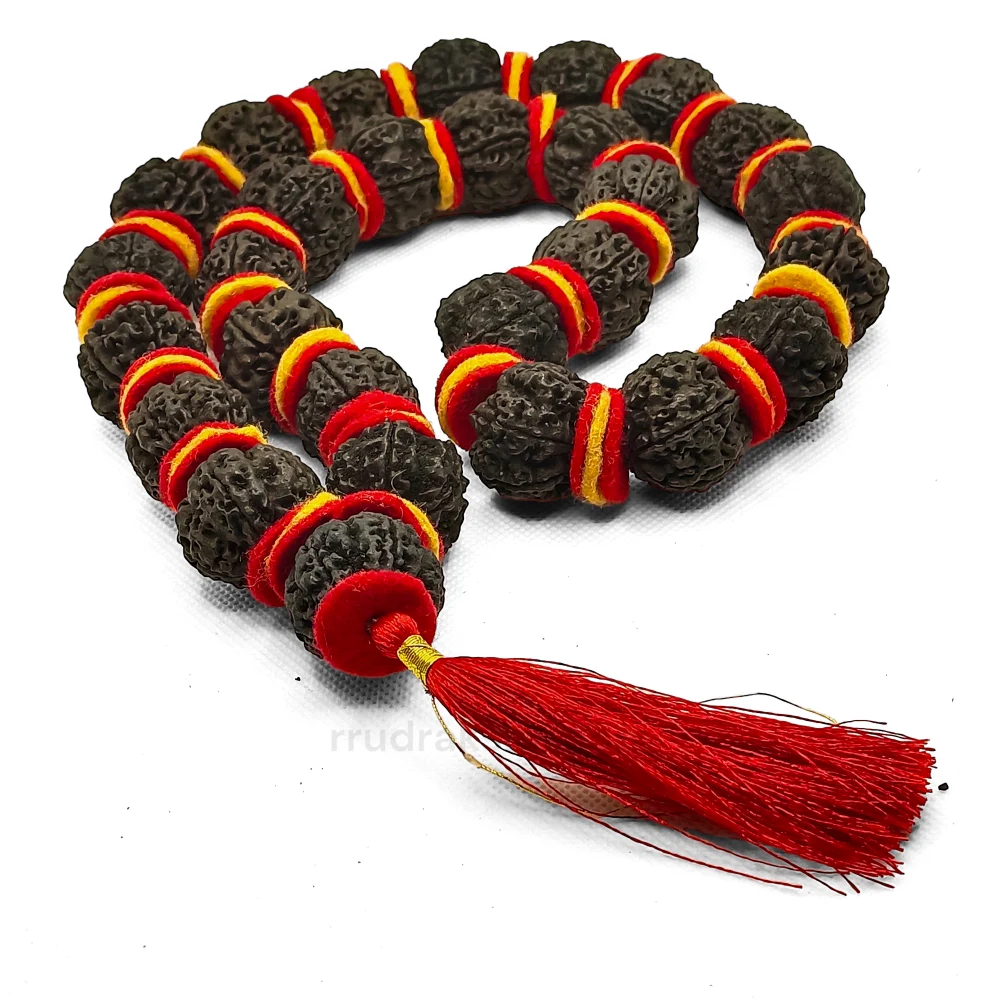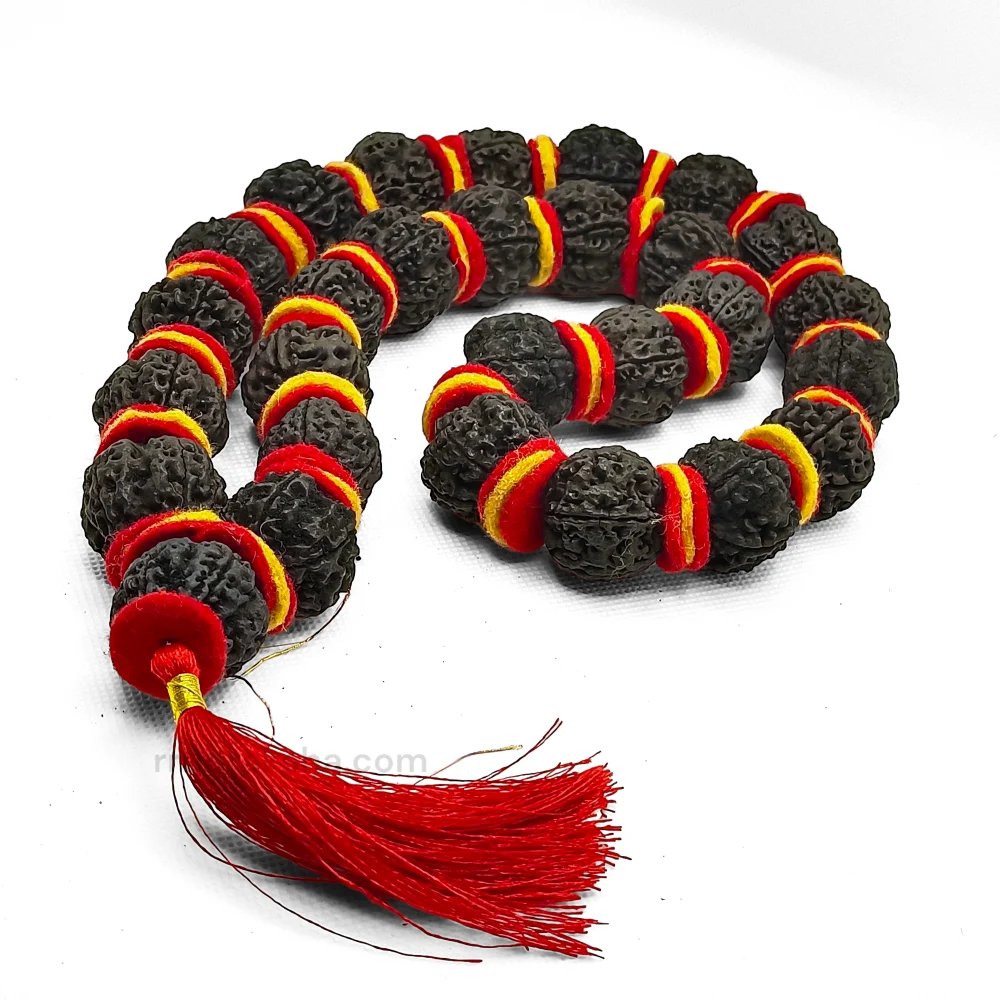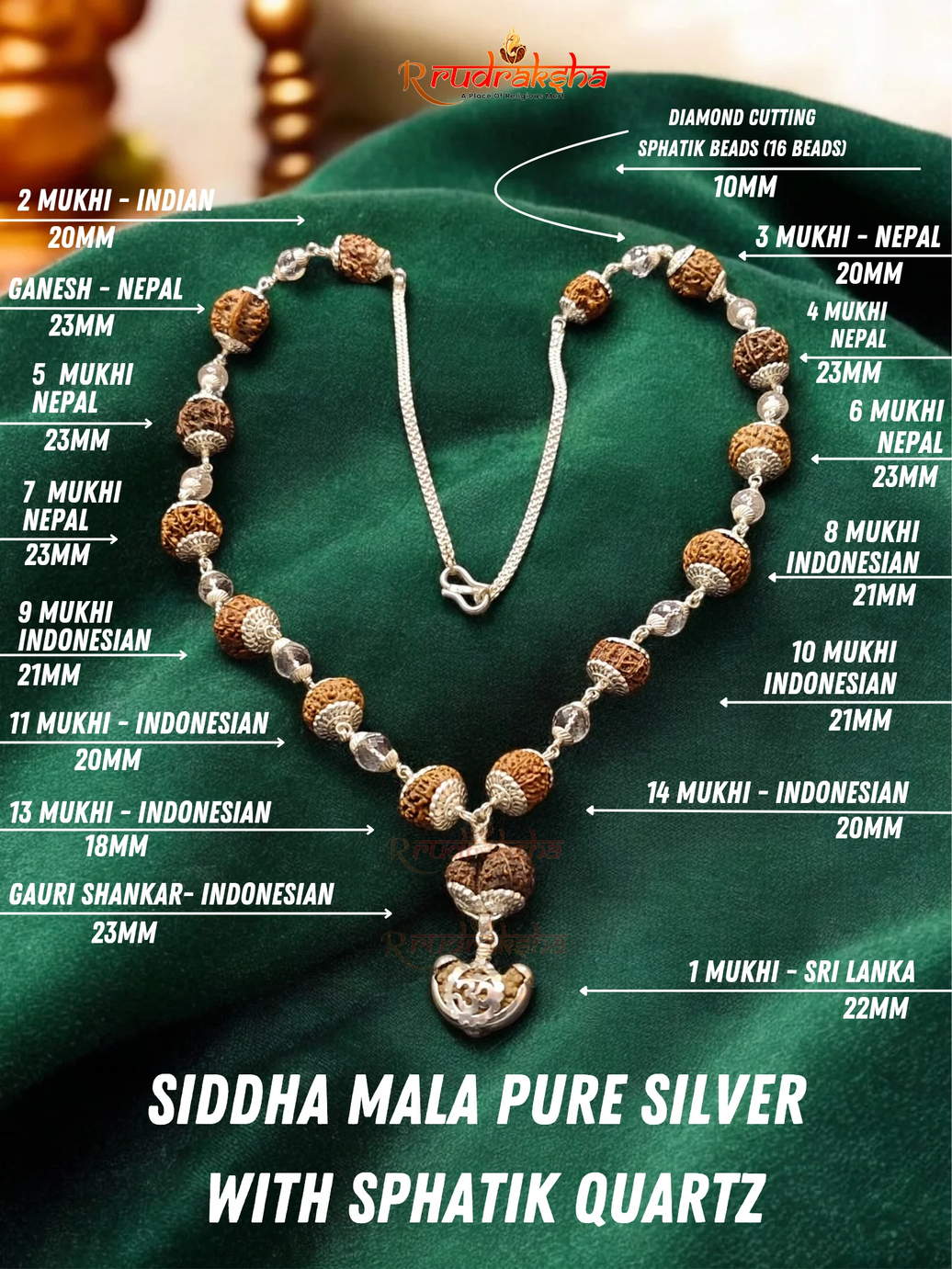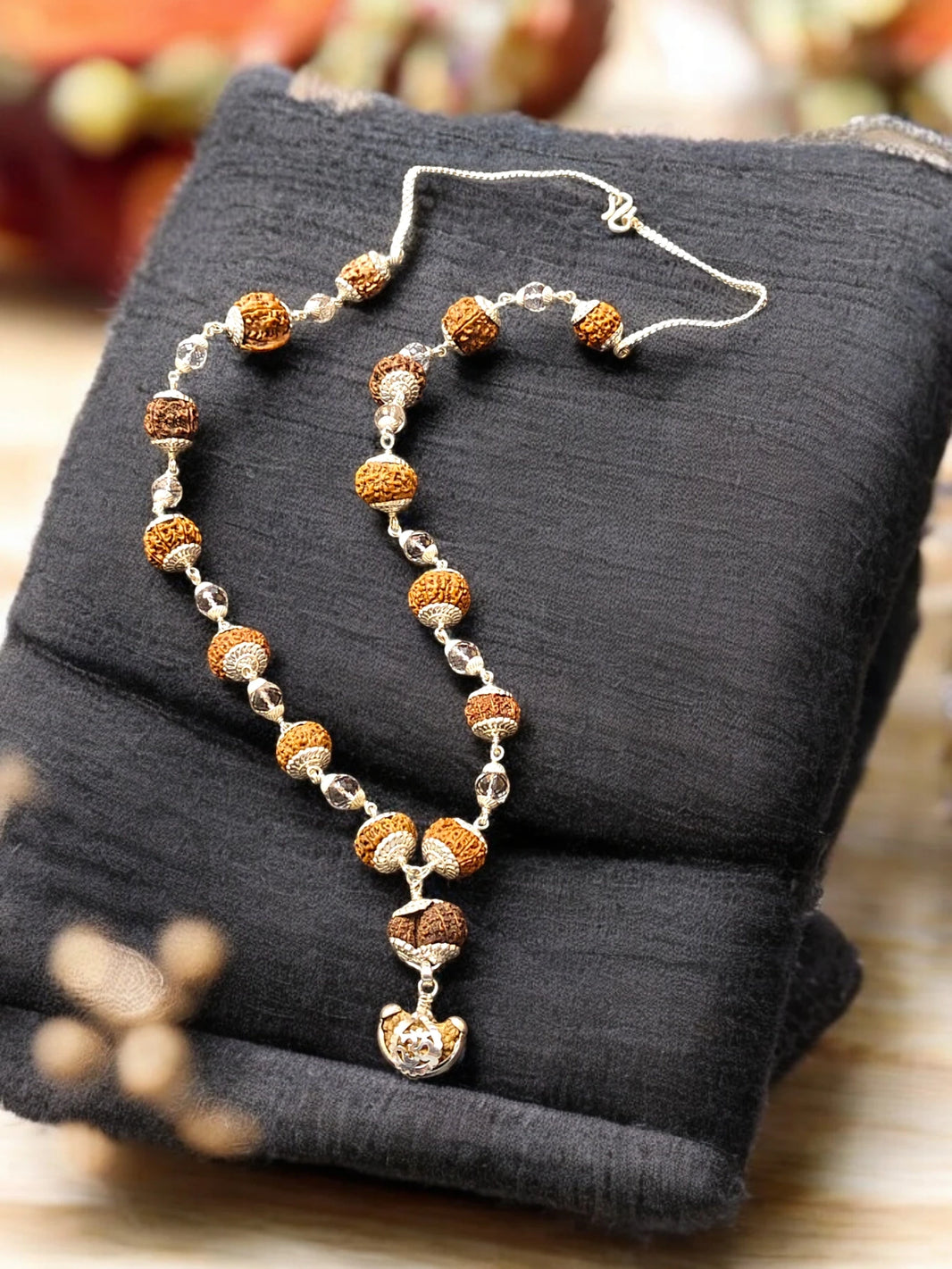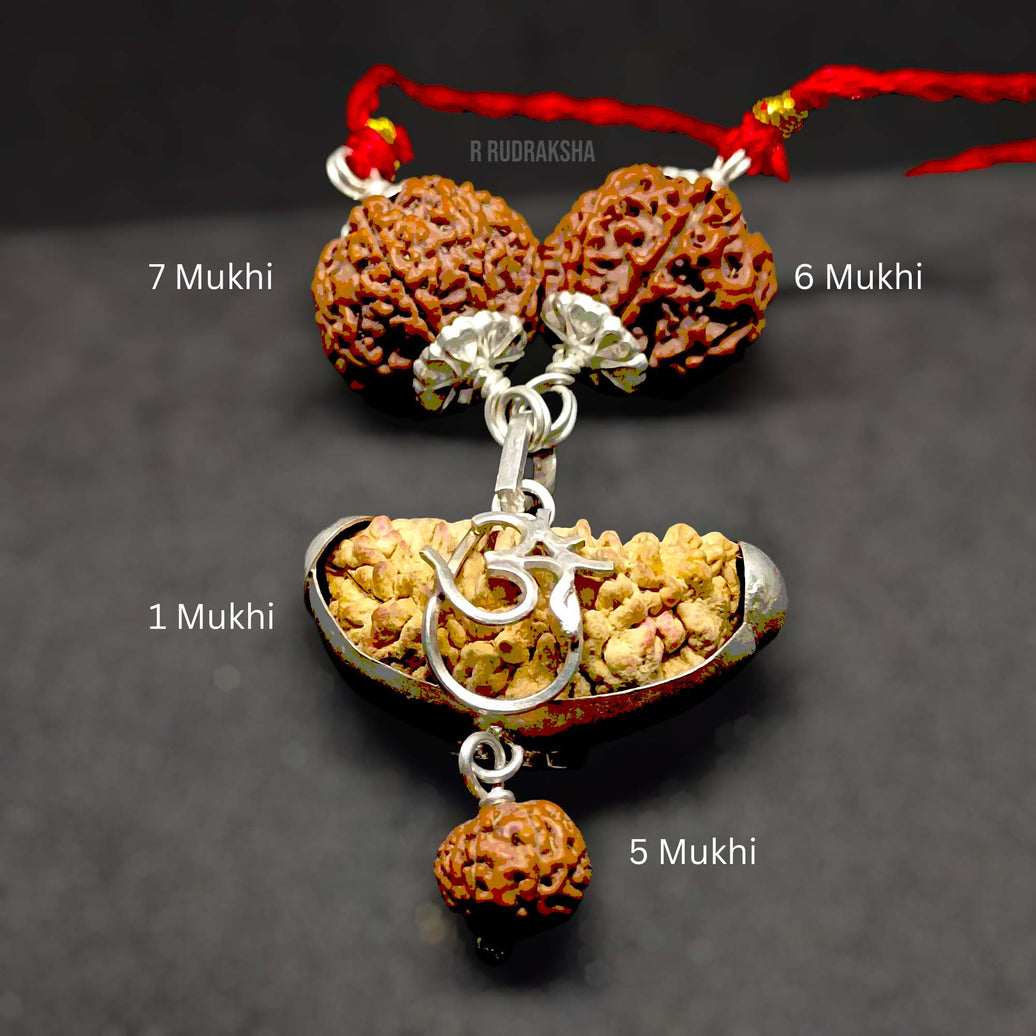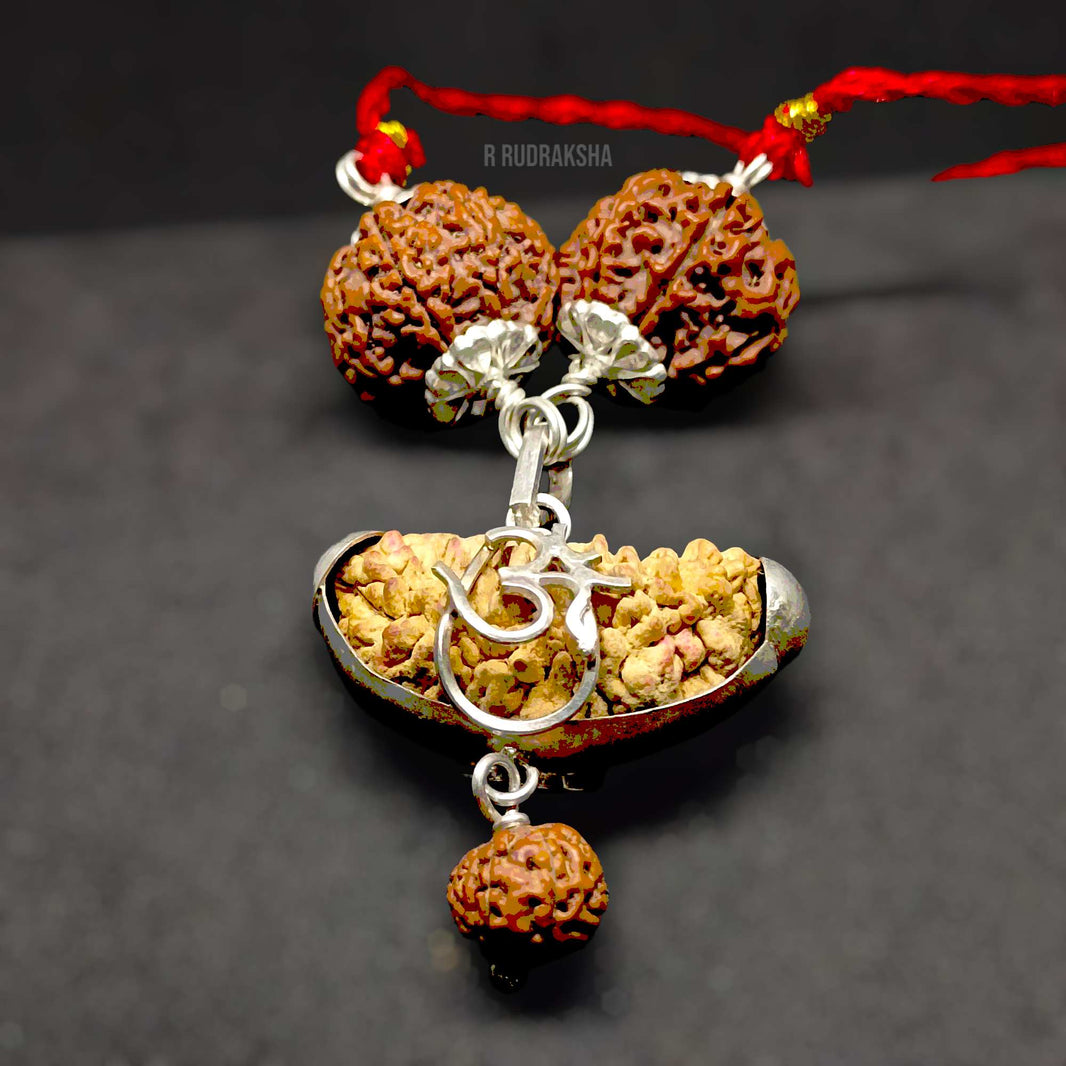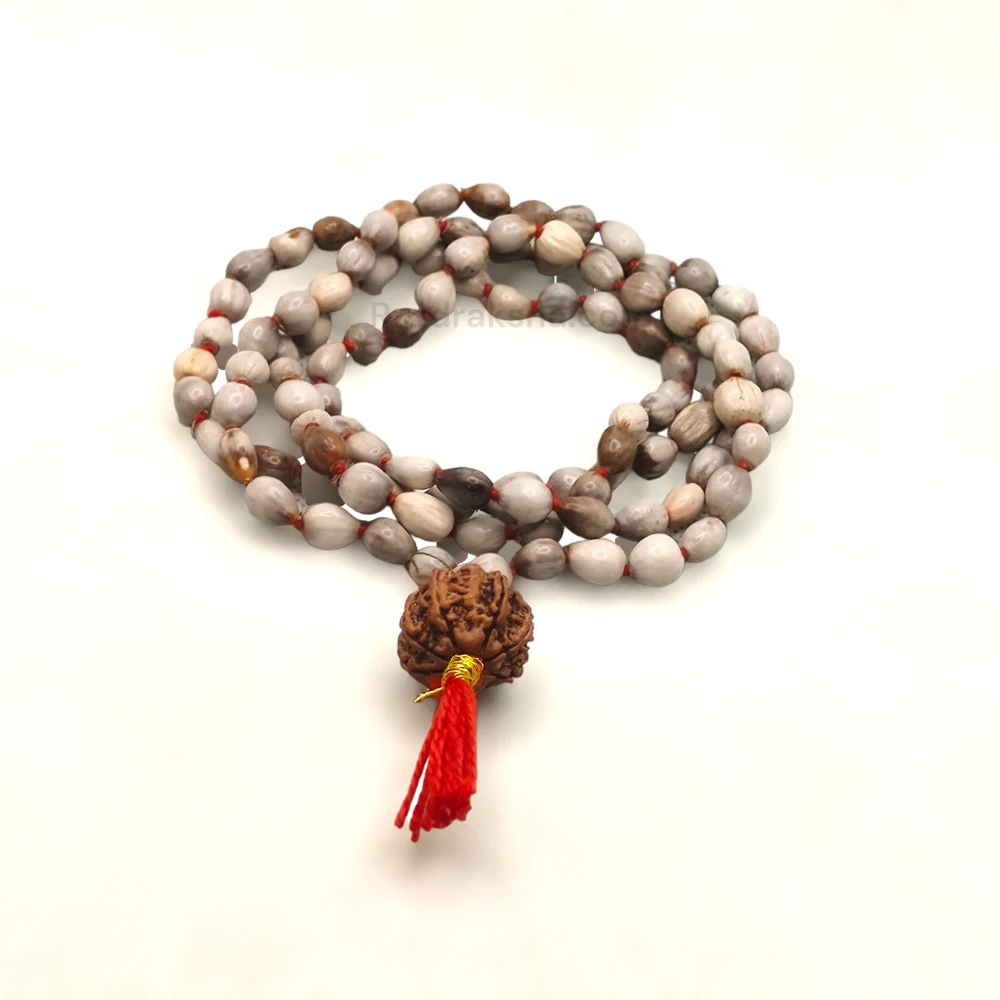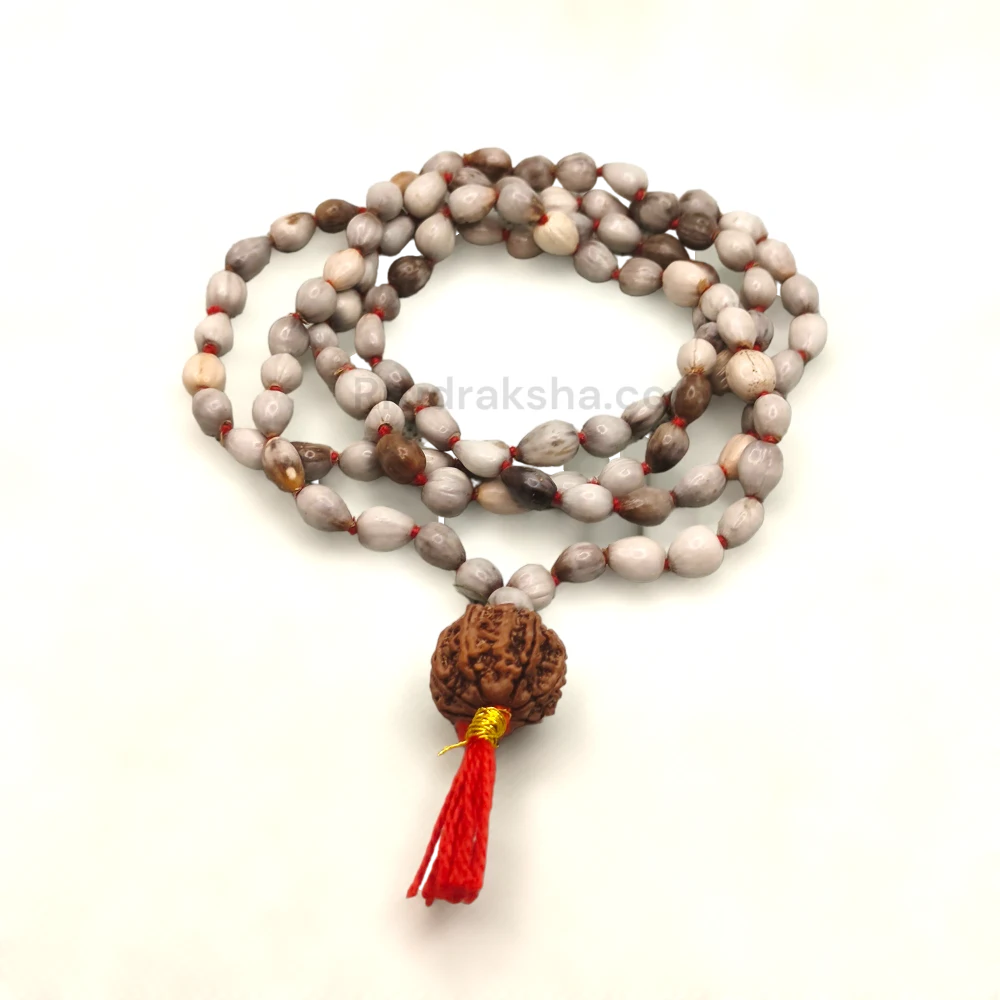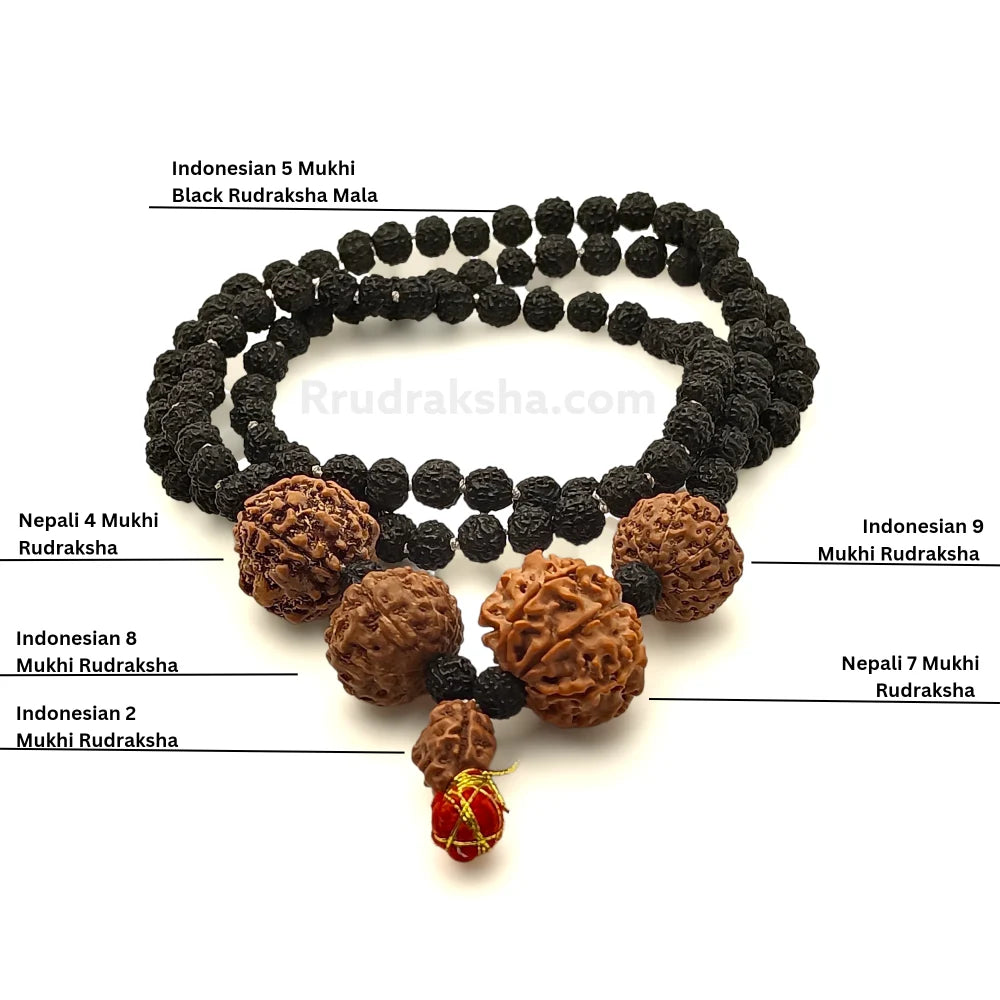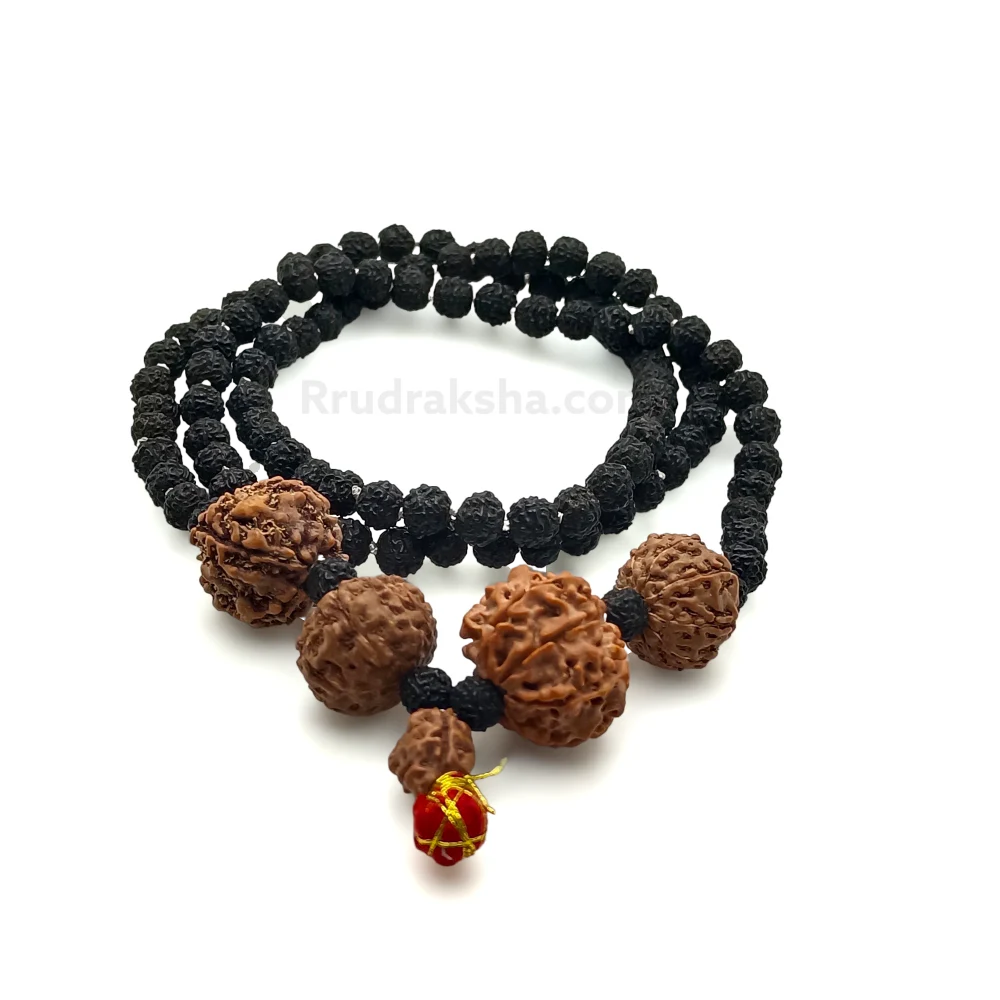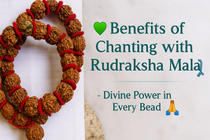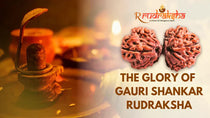THE BIRTH OF RUDRAKSHA AS MENTIONED IN SHIV PURANAS

How Rudraksha formed from the Lord Shiva’s Eyes?
One day in the past, when Lord Shiva opened both his eyes out of leelas, a few drops of water fell from the eyes, from which a tree named Rudraksh was born. It is also found in Shiva Purana about the The Rudraksha & It’s Origination Rudraksh that Lord Shiva had to fight a fierce battle with him to kill the Mahabali Asuraraj Tripurasur, who roamed freely on the Himalayas. Due to being very busy in that war, Shiva’s eyes started getting sharp. There were tears in his eyes due to anger and redness. Then Brahmaji ordered that teardrop to be born in the form of a tree. The fruits that came on that tree were called Rudraksha.
ORIGINATION STORY
NARAD JI SAYS > “O Anadh! When Rudraksha has such an effect and is worshiped by great men, then what is the reason for this, you tell me?”
LORD NARAYANA SAYS > “This is what Shanmukh had asked Lord Girish earlier, so listen to what Rudra(GOD) said on this.
GOD SAYS (RUDRA)> O Shanmukh! Listen closely, I say briefly. A demon named Tripura had become very formidable. He had despised all the deities like Brahma, Vishnu etc. Everyone came and said this to me. Then I contemplated the Aghor weapon in the form of the omnipresent divine and flaming Mahaghor for the purpose of killing Tripura, protecting the deities and destroying all obstacles. Then for the divine thousand years I blinked my eyes and waterdrops fell from my eyes. Teardrops that fell from those eyes. O Mahasena! By my permission and wishing everyone’s welfare, they were born Rudraksh.”

Rudraksh tree starts bearing fruit at the end of Kartik month or Margashirsha month. When the fruit dries on the tree, it breaks on its own and falls on the earth. A kind of peel is mounted on it. After removing the peel, this fruit comes out in the form of Rudraksha, which would be appropriate to consider as a kernel. One to twenty one tubes are made on it. It is called mouth in spiritual language. Garlands are prepared by cleaning them thoroughly and making them shiny. Sometimes some such Rudraksha also comes out which have naturally perforated pores. This type of Rudraksha with natural holes is best, otherwise all the branches have to be pierced. Rudraksha is also produced in Gangotri and Yamunotri area of Uttarkashi district of Uttar Pradesh. Rudraksha trees are also found in Tibet.

Rudraksha is also produced in Indonesia, Java, Sumatra and some parts of China. The largest size Rudraksha (without stripe) is imported from Java. By the way, the largest producer of Rudraksha is Bhojpur district of Nepal. According to the rules of the state of Nepal, all the one-faced Rudrakshas that are produced are deposited in the royal treasury. There is a strict ban on their sale in the market. If a person does not deposit the one Mukhi Rudraksha in the treasury of the King of Nepal and is caught, then he gets severe punishment. In this way, the King of Nepal has complete control over the one-faced Rudraksha. Rudraksh is called ‘Rudraksh’ in Sanskrit, Hindi, Bangla, Punjabi and Bhojpuri etc., while in Telugu, Kannada and Tamil it is called ‘Rudraj Koti’. In Latin, Rudraksha is called Elaeocarpus Ganitrus Roxb and in English as Utrasum Bead.
